Smaller French Cities Travelers Are Choosing Over Paris This Summer
Paris is packed, expensive, and hot in the summer. More travelers are turning to smaller cities that still offer culture, food, and walkability, without the overwhelm. Here are some of the most talked-about alternatives this year.
1. Dijon – Burgundy
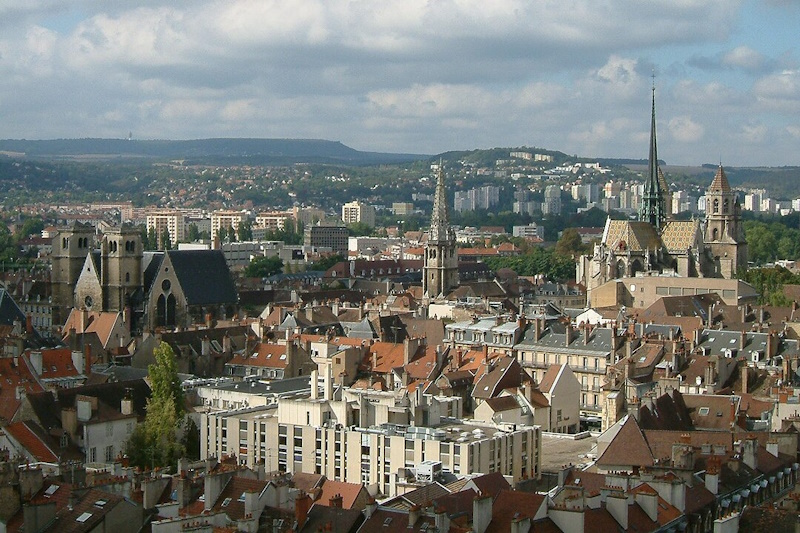
Dijon isn’t trying to impress and that’s part of the appeal. The city center is flat, easy to walk, and full of Renaissance townhouses and hidden courtyards.
Food is serious here, but the pace is slow. You can spend an afternoon tracing the Owl Trail or sit on Place de la Libération with a kir and nothing to do.
The Cité Internationale de la Gastronomie has brought more attention lately, but it’s still mostly French visitors.
Nancy – Grand Est
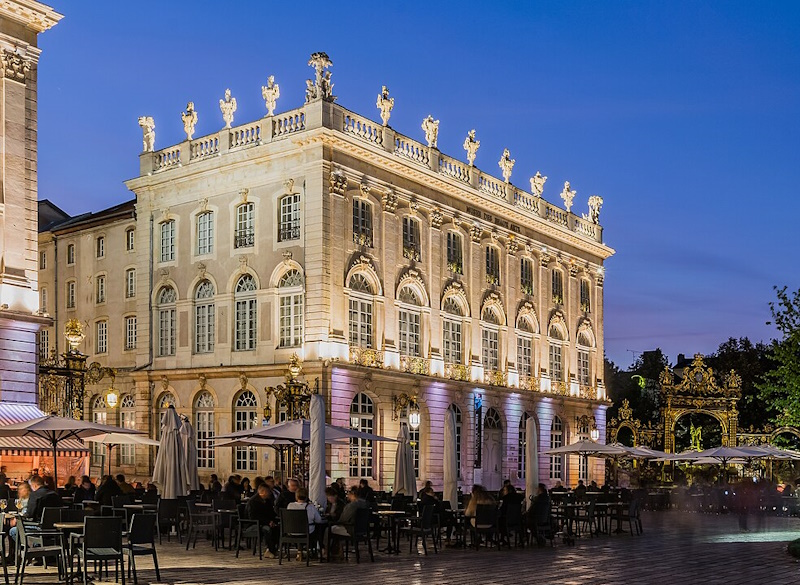
Nancy’s Art Nouveau legacy shows up in its balconies, street lamps, and storefronts. The heart of the city is Place Stanislas, but the neighborhoods around it are what make people stay longer than planned.
You get a working tram system, decent prices, and a laid-back nightlife scene centered around student bars and leafy plazas.
Most people who come here have no idea what to expect and end up surprised by how livable it feels.
3. Nîmes – Occitanie
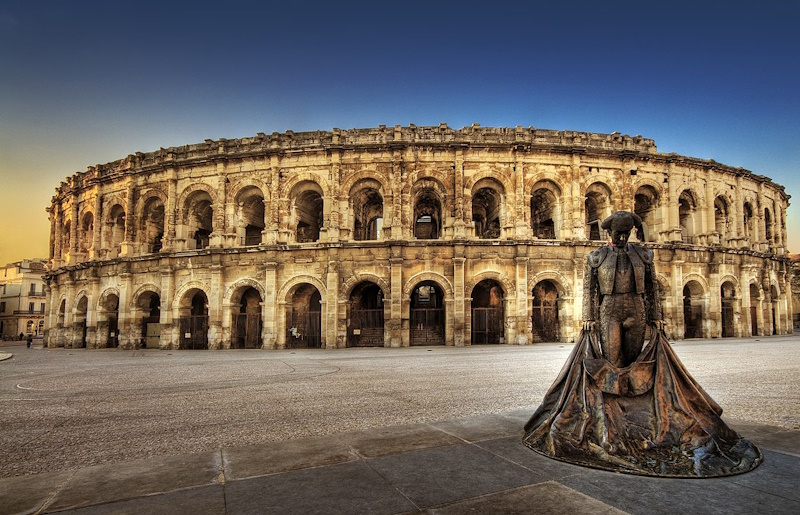
Nîmes has a Roman amphitheater in better condition than the Colosseum, and it still gets skipped over. The old center is small enough to explore without a map. You can sit at a shaded café facing the Maison Carrée and hear mostly locals.
The city also serves as a launchpad for Pont du Gard and the Camargue, though it doesn’t push itself as a base. That’s changing, especially with younger French travelers.
4. Angers – Pays de la Loire
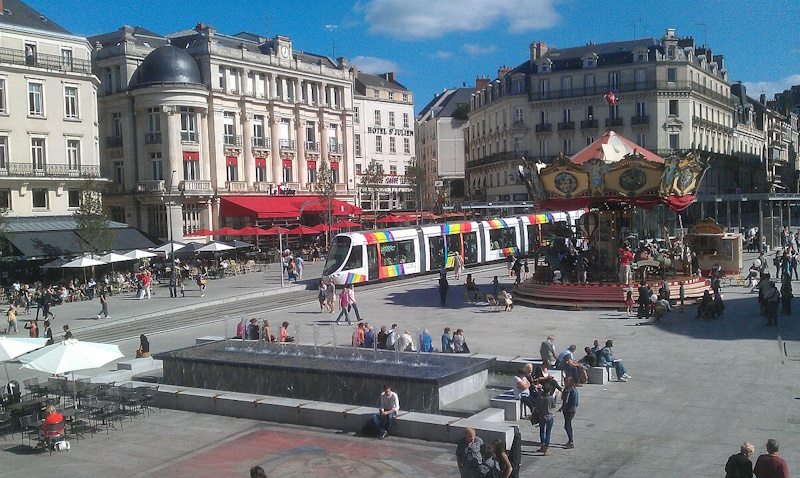
Angers looks calm, but it isn’t dull. The Château d’Angers sits at the edge of the old town, where half-timbered buildings and alleyways hide some excellent modern restaurants.
The city is big enough to feel dynamic but compact enough to navigate without a car. It’s an easy train ride from Paris but feels far removed once you’re there.
More travelers are realizing it works well as a Loire base without the tourist buildup of places like Tours.
5. Clermont-Ferrand – Auvergne
There’s something unexpected about Clermont-Ferrand. The volcanic backdrop makes it look like no other French city.
The cathedral, built in black lava stone, looms over a tidy old town with quiet squares and small bars. Michelin was born here, but the city hasn’t inflated because of it.
Hikers use it as a base for the Chaîne des Puys, but it’s also starting to attract remote workers and offbeat travelers who want scenery without crowds.
6. Besançon – Bourgogne-Franche-Comté
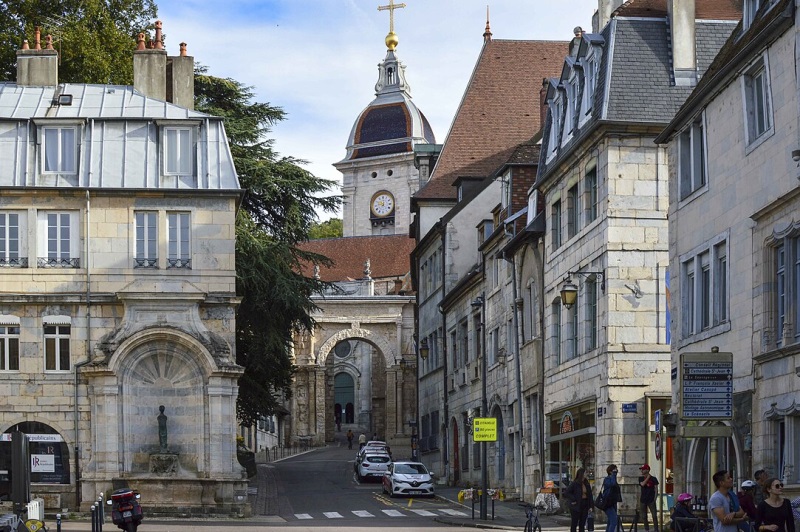
Besançon is shaped by a loop in the Doubs River and framed by hills. The Vauban-designed citadel is the headliner.
The old town is attractive. Bookstores, watchmaking museums, and café terraces face narrow streets where you can walk for hours without seeing another tourist.
It’s also surprisingly well connected by TER trains. People who come tend to stay longer than planned.
7. La Rochelle – Nouvelle-Aquitaine
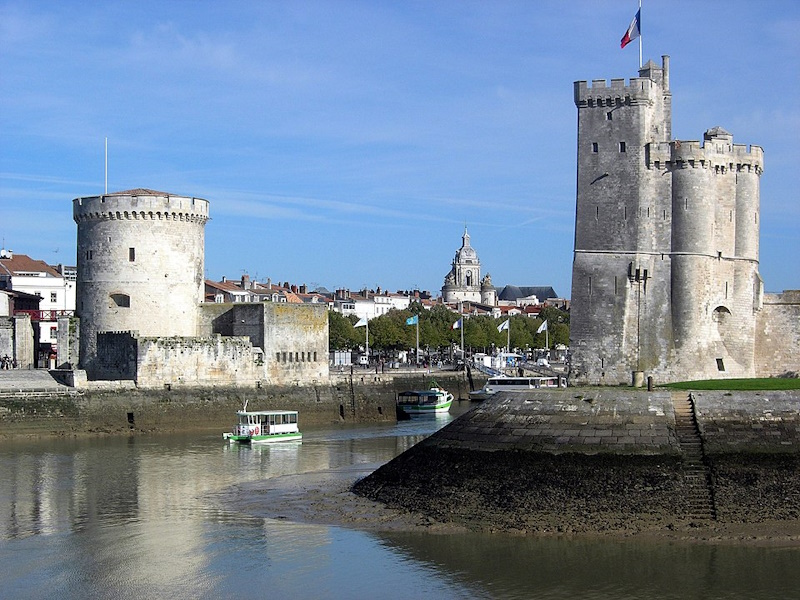
The old port in La Rochelle fills up with boats and breeze, not megayachts. Streets are lined with arcades and oyster bars, and you can reach the Île de Ré by bike.
It’s on the radar for French families but still flies under the radar for many international visitors.
The weather is cooler than the south, and the Atlantic light gives everything a softer edge. It’s become a reliable base for travelers skipping the Riviera.
8. Perpignan – Occitanie
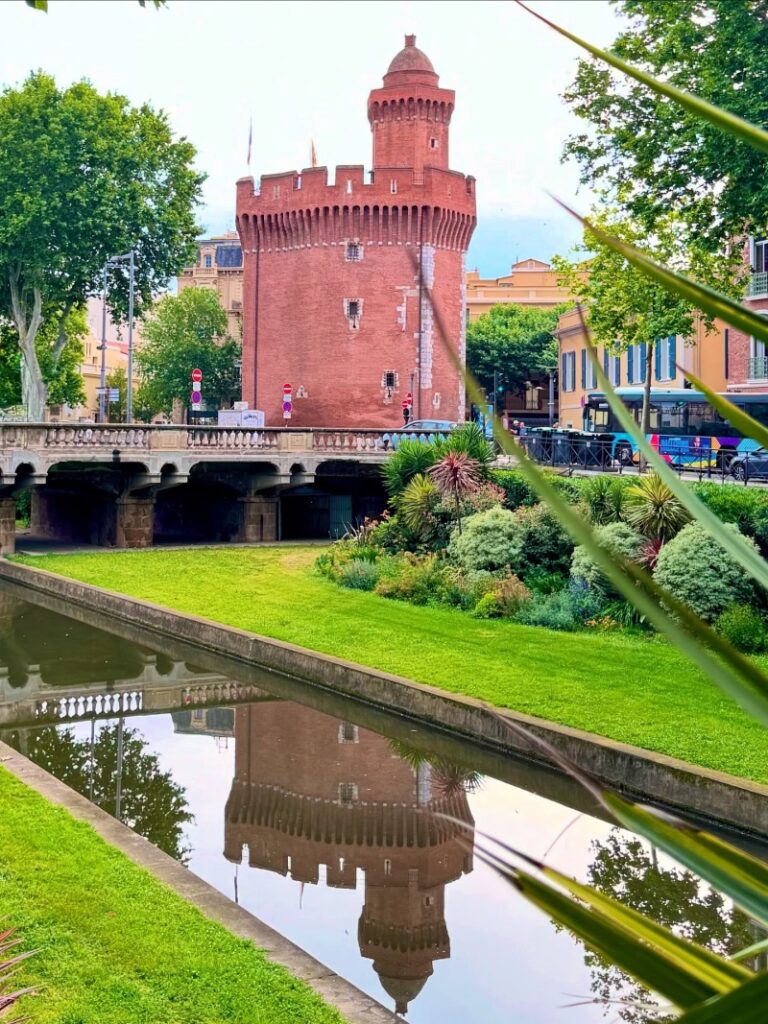
Perpignan is often overlooked, but the city holds its own. Catalan identity shapes the food and the language you hear in the markets. The Palace of the Kings of Majorca is a reminder this place had power long before it became a border town.
You can be in the mountains or at the beach in under an hour, and the local buses make it easy. Travelers using it as a base for Collioure or the coast often end up enjoying the city itself more than expected.
9. Vannes – Brittany
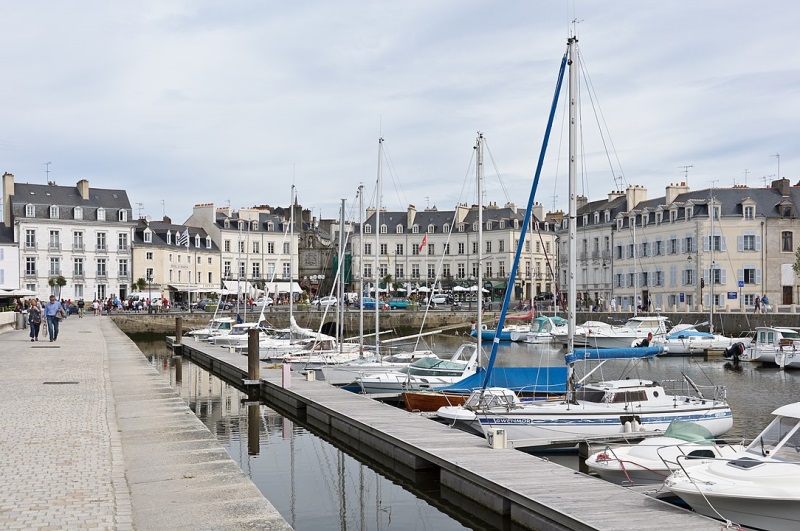
Vannes has one of the best-preserved medieval centers in Brittany. The harbor also brings a constant flow of life, and the morning market is still where people shop for dinner.
Boat trips into the Gulf of Morbihan leave from just outside the city walls. Vannes feels lived in.
Travelers looking for a calm, coastal experience without having to navigate narrow resort-town expectations have started booking longer stays here.
10. Troyes – Grand Est
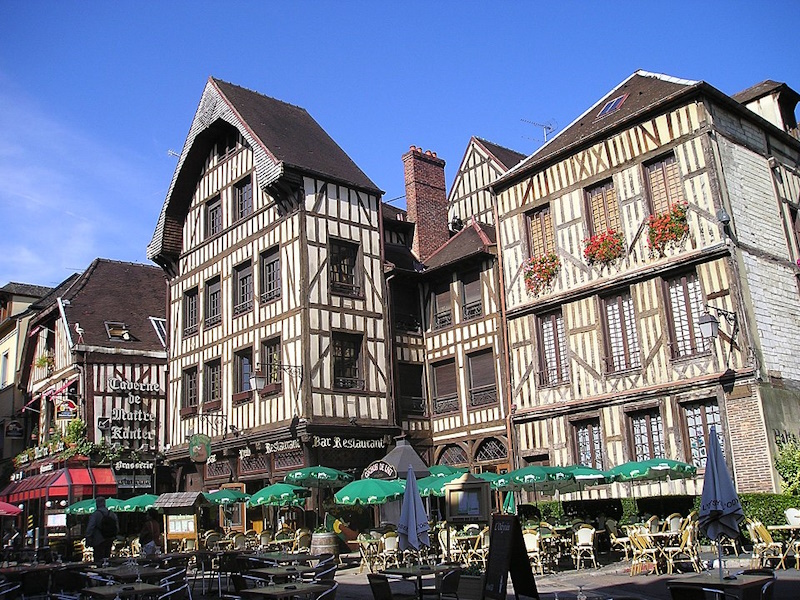
Troyes may look like a movie set but it’s a real working city. The old town’s wooden buildings lean at odd angles, and the side streets are full of design shops and low-key cafés.
It’s only 90 minutes from Paris by train, but few people make the trip. That’s starting to shift, especially with travelers interested in Champagne tours who want to avoid Reims.
Prices are lower, crowds are thinner, and you still get a historic center worth exploring on foot.
